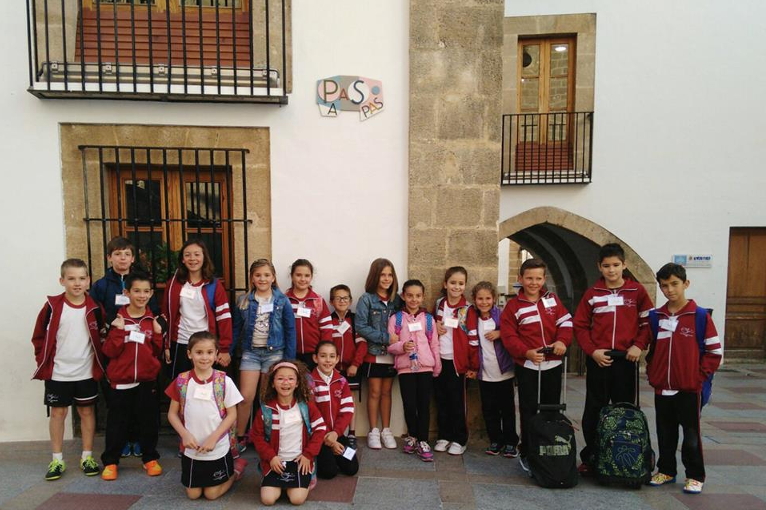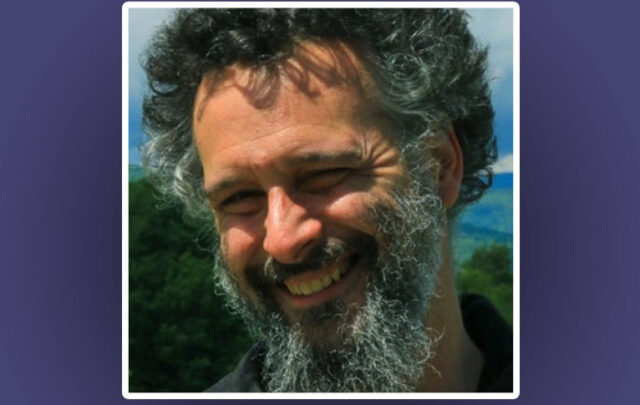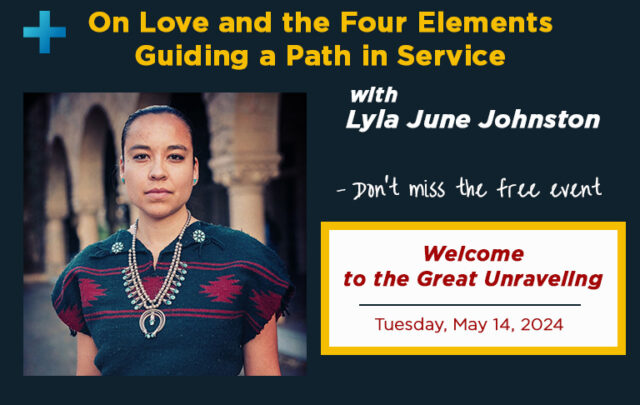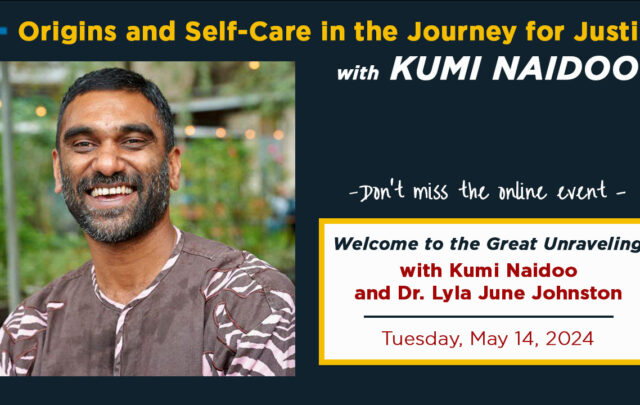The scene is almost always the same: a traffic jam at the doors of Spanish primary schools. Hardly any children are seen without their parents. An initiative in the town of Jávea seeks to counter this way of doing things. It has rediscovered the street for schoolchildren.
“Going to school together helps children feel like part of a group”, says Antonio Moya, an architect by profession. He is one of the four masterminds behind the Pas a Pas (Step by Step) project in Jávea, which aims to give children an active role in urban life. Since April 2016, more than 100 children from four primary schools have been walking to school together in this town on Spain’s East coast. They have been joined in autumn by students from another two schools.
“We expect the initiative to reach up to 300 children during this term”, says Moya. The concept is simple: for every school there is a meeting place where children between the ages of six and twelve assemble and walk to school together. Groups with smaller children are accompanied by an adult, and shopkeepers in the area have been informed and act as points of control, if needed.
Pedestrian-friendly cities
Pas a Pas also helps parents save time. According to a 2015 study, they spend an average of 100 hours a year driving their children to school. This is not to mention the benefits for the environment: the creators of Pas a Pas estimate that parents currently travel 854 kilometres a year to transport their kids. Leaving the car in the garage can significantly reduce CO2 emissions, which not only benefits the educational community, but the entire city.
Jávea is not the only place working to win over parents and children to a more socially conscious way of going to school. The first such initiative in the Spanish capital of Madrid dates back to 2007, and Barcelona, the Catalan metropolis, took some initial steps in 2000. The satellite town Rivas Vaciamadrid, east of Madrid, received an EU award for sustainable urban mobility owing to its commitment to road safety: fewer cars on the street also mean a safer path to school. This also happens to be the core idea that, for years, has driven the campaign by the Spanish traffic authority, the DGT, to support cities, schools and families in making streets more pedestrian-friendly and to foster children’s autonomy.
Indeed, the Jávea project was launched three years ago when a child was hit by a car in front of the school. Calls for greater safety became widespread, and the city responded by freeing funds. Chema Segovia, also an architect and, along with Moya, one of the founders of Pas a Pas, recalls the beginnings in Jávea: “When we took on the project, the first thing we did was to meet with representatives of the schools, the police and parents. But we realized that someone important was missing from our discussions.” It was obvious who he was referring to: the children. “We couldn’t make decisions for those who hadn’t been given a voice,” says Segovia.
The street as a site of social encounter
Then workshops were held in which children could bring in their own ideas about the exterior design of the school: more parking for bikes, for instance, skating tracks or benches to sit on. There was nothing outrageous about their proposals. But they came to naught: either because of lacking public budgets, or due to the everyday chaos of parking. That is, in almost every case.
But not at the primary school of the Jávea port district. There, in front of the entrance, two benches have been installed, right where there used to be a line of cars waiting to collect children. “This is not only about making the journey to school safer,” explains Segovia. For him, the street is not an object of protection, but rather a site of social encounter, a place for sharing: “And this is precisely what we seek to achieve with our project.” The architect points out that children play a key role in sustainable urban planning: “They are not only the citizens of the future: they are also an active part of our society. And, as such, they can take part in decision-making.”
Today, three years after the start of the initiative, Jávea looks different. In front of the school in the port district, you can see planters with colorful drawings. On top of the fences around another school’s yard, children had placed vases they themselves had made. While they have been removed in the meantime, everyone cherishes the memories of that day. Even the residents. “These individual actions can help make our project more familiar to the town’s citizens,” states Antonio Moya. And that is precisely the goal: to create a city that is worthy for all those who live in it.
Painted signs instead of traffic signs A lot has happened, too, on the walls of houses in the city center. Here and there you can see signs that point children in the direction of school. These are not traffic signs, but rather homemade signs that have been painted and stuck or hung to the walls. “Pas a Pas”, they say: “Step by step”, a sign of integration and identity of a group that, as often noted by the Italian pedagogue and visionary, Francesco Tonucci, modern urban life very often marginalizes.
“The great thing is that children have no prejudices,” says Moya. This is in stark contrast to the authorities that, in many other towns, came out in opposition to the ideas of Pas a Pas. “Luckily, this is not the case in Jávea,” he adds. The city’s commitment is solid, and interest is also growing among parents: “What works best, of course, is word of mouth.”
This has certainly been the case in Jávea. The initiative of getting to school together has been moving forward on its own for some time: the key movers of Pas a Pas generally act behind the scenes. Also, Moya and his team will not have to visit the primary school in the port district, one of the new members of the project, on too many Fridays in the future. The parents have worked out a plan among themselves, found adult monitors and sought to encourage other families to join Pas a Pas. “I’m sure we can find others,” says a confident mother as she says goodbye to her daughter Elena. The nine-year-old girl is joining the group on their walk to school for the first time, and she is clearly curious about the other children. There are five of them: not a bad start. Who knows? Other schoolmates might just come along next time. Because Elena is undoubtedly enjoying the time spent outside, in the fresh air.






